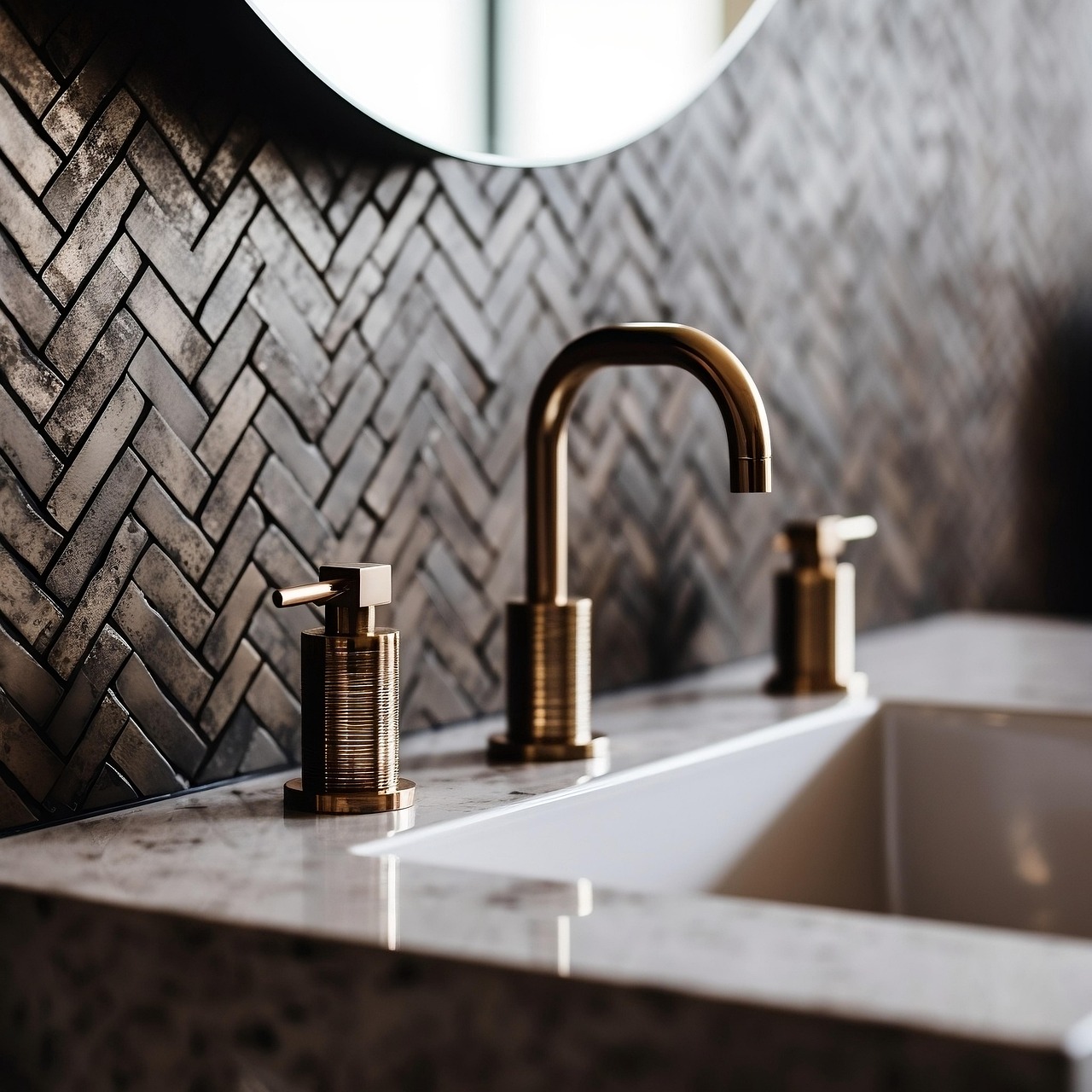New York City’s unique infrastructure and aging building stock present distinctive challenges when it comes to plumbing. Whether you live in a pre-war brownstone in Brooklyn, a high-rise apartment in Manhattan, or a single-family home in Queens, understanding the peculiarities of NYC plumbing can save you time, money, and significant headaches. This comprehensive guide will help you navigate the complex world of plumbing in the Big Apple.
Companies like avdrain ca offer advanced techniques such as hydro-jetting that can completely restore flow in even the most problematic NYC drainage systems.
Understanding New York’s Plumbing Infrastructure
New York City’s plumbing system dates back to the 19th century in many areas, with some pipes still in service from the early 1900s. The city’s Department of Environmental Protection (DEP) manages over 6,800 miles of water mains and 7,500 miles of sewer lines throughout the five boroughs. This aging infrastructure contributes to unique challenges that residents face:
Water Pressure Issues
Many NYC buildings, especially older ones, struggle with inconsistent water pressure. The higher your apartment, the more likely you are to experience lower pressure. Buildings taller than six stories typically require rooftop water towers and pumping systems to maintain adequate pressure, which can introduce additional maintenance concerns.
Hard Water
NYC water comes from upstate reservoirs (primarily the Catskill, Delaware, and Croton watersheds) and is known for its quality, but it can still be relatively hard, containing minerals that build up in pipes over time. This mineral content varies by borough and neighborhood, with some areas experiencing more significant scaling issues than others.
Mixed Piping Materials
Throughout the city, you’ll find a hodgepodge of piping materials including cast iron, galvanized steel, copper, brass, and more recently, PEX. Each material has different vulnerabilities and maintenance requirements. Many buildings have sections of pipe replaced over decades, creating potential weak points where different materials connect.
Vertical Challenges
The vertical nature of New York living creates unique plumbing configurations. Gravity-dependent drainage systems must navigate complex vertical pathways, increasing the likelihood of blockages and air lock issues. Stack vents running through multiple floors can create noise and odor problems if not properly maintained.
Cold Weather Challenges
Despite being a temperate climate, New York winters can bring freezing temperatures that put pipes at risk, especially in older buildings with less insulation. Pipes along exterior walls and in unheated spaces are particularly vulnerable during cold snaps, which can cause devastating floods when pipes thaw.
Water Delivery Systems
Depending on the age and height of your building, water may be delivered via direct city pressure, gravity feed from a roof tank, or a combination of both. Each system has unique maintenance requirements and potential failure points that residents should understand.
Common Plumbing Problems in NYC Homes
In densely populated New York, drain clogs are perhaps the most common plumbing issue. The city’s older drainage systems weren’t designed for modern usage, and narrow pipes clog more easily. Contributing factors include:
Hair and Soap Scum
NYC’s hard water combines with soap to create stubborn residue that gradually narrows drain passages. This is particularly problematic in shower drains, where hair compounds the issue. The problem is exacerbated in buildings with multiple apartments sharing main drain lines.
Kitchen Waste
Many New York apartments have outdated, narrow kitchen drain pipes that cannot handle modern disposal habits. Cooking grease, coffee grounds, rice, pasta, and other foods that expand or congeal are major culprits. In pre-war buildings, kitchen drain pipes may have decades of accumulated residue narrowing their diameter.
Foreign Objects
In high-density apartment buildings with shared sewer lines, a single tenant flushing inappropriate items (baby wipes, paper towels, feminine hygiene products) can affect multiple units. Building-wide backups are frustratingly common in older structures with inadequate main drain capacity.
Tree Root Intrusion
In outer borough neighborhoods with more trees, root systems naturally seek out water sources and can infiltrate sewer line joints and cracks. This is particularly common in areas like Forest Hills, Riverdale, and parts of Staten Island where mature trees have had decades to develop extensive root systems near aging sewer connections.
Sewer Line Sags
Ground settling beneath New York’s streets can create low points or “bellies” in sewer lines where waste accumulates, leading to recurring backups. This is common in areas built on landfill, like parts of lower Manhattan and portions of Queens and Brooklyn.
Leaky Fixtures
Many NYC apartments feature original fixtures that have deteriorated over decades of use. Leaky faucets and running toilets waste water and increase utility bills, which are already among the highest in the nation.
Corrosion
New York’s water chemistry can accelerate fixture deterioration, especially in brass and chrome components. Mineral deposits form around valve seats and washers, preventing proper sealing. In older buildings with untreated hard water, fixtures may need replacement every 8-10 years.
Pressure-Related Leaks
Fluctuations in building water pressure, common during peak usage times, can damage fixture components and cause leaks. High-pressure events can blow out washers and seals, while pressure drops can cause fixtures to “suck in” debris that prevents proper closure.
Thermal Expansion
NYC’s extreme seasonal temperature variations cause plumbing components to expand and contract. This cycle gradually loosens connections and creates leak points, particularly around fixture bases and supply line connections.
Toilet Issues
Running toilets are especially common in buildings with fluctuating water pressure. Flapper valves deteriorate faster in chlorinated water, and fill valves struggle to maintain consistent levels when pressure varies. A single running toilet can waste thousands of gallons monthly and substantially increase water bills in sub-metered apartments.
Shower and Tub Diverters
The complex diverter mechanisms in tub/shower combinations are particularly vulnerable to New York’s water conditions. Mineral buildup prevents complete diversion, causing water to flow from both the tub spout and showerhead simultaneously, reducing shower pressure.
Conclusion
Navigating New York City’s complex plumbing landscape requires understanding both the unique characteristics of your specific building and the broader infrastructure challenges of urban living. The city’s diverse housing stock—from 19th-century brownstones to post-war apartment complexes and modern high-rises—presents an equally diverse set of plumbing considerations.

Born and raised amidst the hustle and bustle of the Big Apple, I’ve witnessed the city’s many exciting phases. When I’m not exploring the city or penning down my thoughts, you can find me sipping on a cup of coffee at my favorite local café, playing chess or planning my next trip. For the last twelve years, I’ve been living in South Williamsburg with my partner Berenike.

